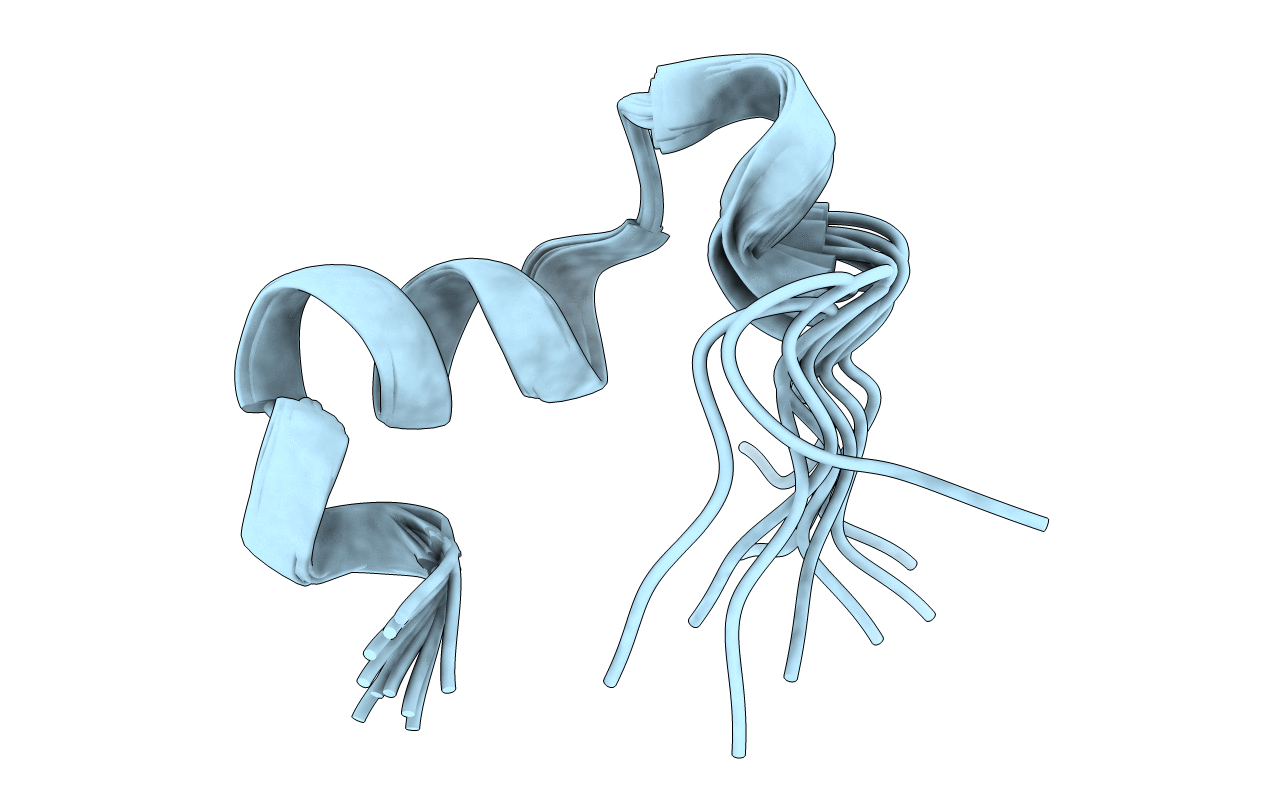
Deposition Date
2011-10-26
Release Date
2012-06-20
Last Version Date
2024-05-15
Entry Detail
PDB ID:
2LL2
Keywords:
Title:
Structure of the Cx43 C-terminal domain bound to tubulin
Biological Source:
Source Organism:
Homo sapiens (Taxon ID: 9606)
Method Details:
Experimental Method:
Conformers Calculated:
100
Conformers Submitted:
10
Selection Criteria:
structures with the lowest energy


